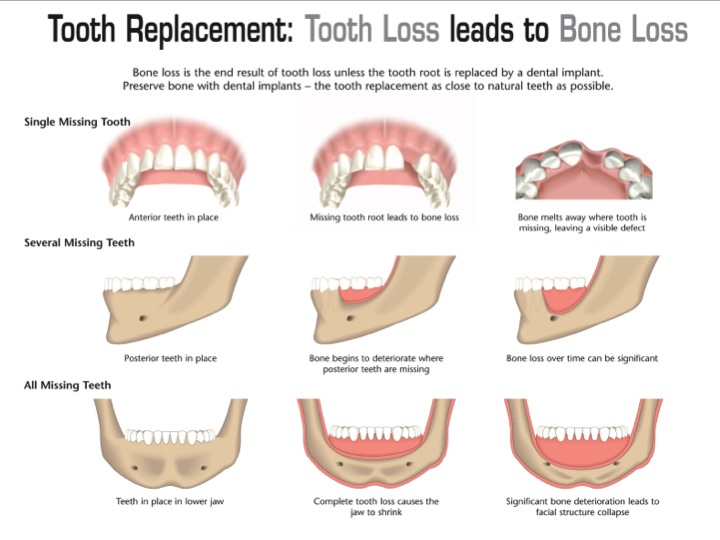Bone Spur After Tooth Pulled

When a tooth is extracted, the body’s natural response is to heal the socket and surrounding bone. However, in some cases, a complication known as a bone spur can develop after a tooth has been pulled. A bone spur, also referred to as a bone fragment or sequestra, is a small, sharp piece of bone that can protrude from the gum tissue or remain embedded in the jawbone.
The formation of a bone spur after tooth extraction is often caused by the body’s attempt to repair the damaged area. During the healing process, the bone tissue may become fragmented, leading to the development of small, pointed bone spurs. These spurs can be painful and may cause discomfort, especially if they are exposed to the oral cavity or if they press against surrounding tissues.
Why Do Bone Spurs Form After Tooth Extraction?
There are several reasons why bone spurs may form after a tooth has been pulled. Some of the most common causes include:
- Trauma to the bone: During the extraction process, the surrounding bone tissue may be damaged, leading to the formation of bone spurs.
- Infection: Bacterial infection can cause the bone tissue to become inflamed, leading to the development of bone spurs.
- Poor healing: If the body is unable to heal the extraction site properly, bone spurs may form as a result.
- Genetic predisposition: Some individuals may be more prone to developing bone spurs due to their genetic makeup.
Symptoms of Bone Spurs After Tooth Extraction
The symptoms of bone spurs after tooth extraction can vary depending on the location and size of the spur. Some common symptoms include:
- Pain: Bone spurs can cause significant pain, especially if they are exposed to the oral cavity or if they press against surrounding tissues.
- Discomfort: Bone spurs can cause discomfort when eating, speaking, or moving the jaw.
- Swelling: The gum tissue surrounding the extraction site may become swollen or inflamed.
- Redness: The affected area may become red or inflamed.
Treatment Options for Bone Spurs After Tooth Extraction
If you are experiencing symptoms of a bone spur after tooth extraction, it is essential to seek medical attention. Your dentist or oral surgeon may recommend the following treatment options:
- Monitoring: In some cases, your dentist may recommend monitoring the bone spur to see if it resolves on its own.
- Surgical removal: If the bone spur is causing significant pain or discomfort, your dentist may recommend surgical removal.
- Debridement: Your dentist may perform a debridement procedure to remove any infected tissue or debris from the extraction site.
- Medication: Your dentist may prescribe medication to manage pain and reduce inflammation.
Preventing Bone Spurs After Tooth Extraction
While it is not possible to completely prevent bone spurs from forming after tooth extraction, there are several steps you can take to reduce the risk:
- Follow post-operative instructions: Your dentist will provide you with specific instructions on how to care for the extraction site after the procedure. Following these instructions carefully can help reduce the risk of complications.
- Maintain good oral hygiene: Keeping the extraction site clean and free of bacteria can help promote healing and reduce the risk of infection.
- Avoid smoking: Smoking can impair the healing process and increase the risk of complications.
- Attend follow-up appointments: Regular follow-up appointments with your dentist can help identify any potential complications early on.
What is a bone spur, and how does it form after tooth extraction?
+A bone spur is a small, sharp piece of bone that can form after tooth extraction. It is often caused by the body's attempt to repair the damaged area, leading to the development of small, pointed bone spurs.
What are the symptoms of a bone spur after tooth extraction?
+The symptoms of a bone spur after tooth extraction can include pain, discomfort, swelling, and redness. If you are experiencing any of these symptoms, it is essential to seek medical attention.
How are bone spurs after tooth extraction treated?
+Treatment options for bone spurs after tooth extraction can include monitoring, surgical removal, debridement, and medication. Your dentist will recommend the best course of treatment based on your individual needs.
In conclusion, bone spurs after tooth extraction can be a complication that requires medical attention. By understanding the causes, symptoms, and treatment options, you can take the necessary steps to promote healing and reduce the risk of complications. Remember to follow post-operative instructions carefully, maintain good oral hygiene, and attend follow-up appointments to ensure a smooth recovery.

